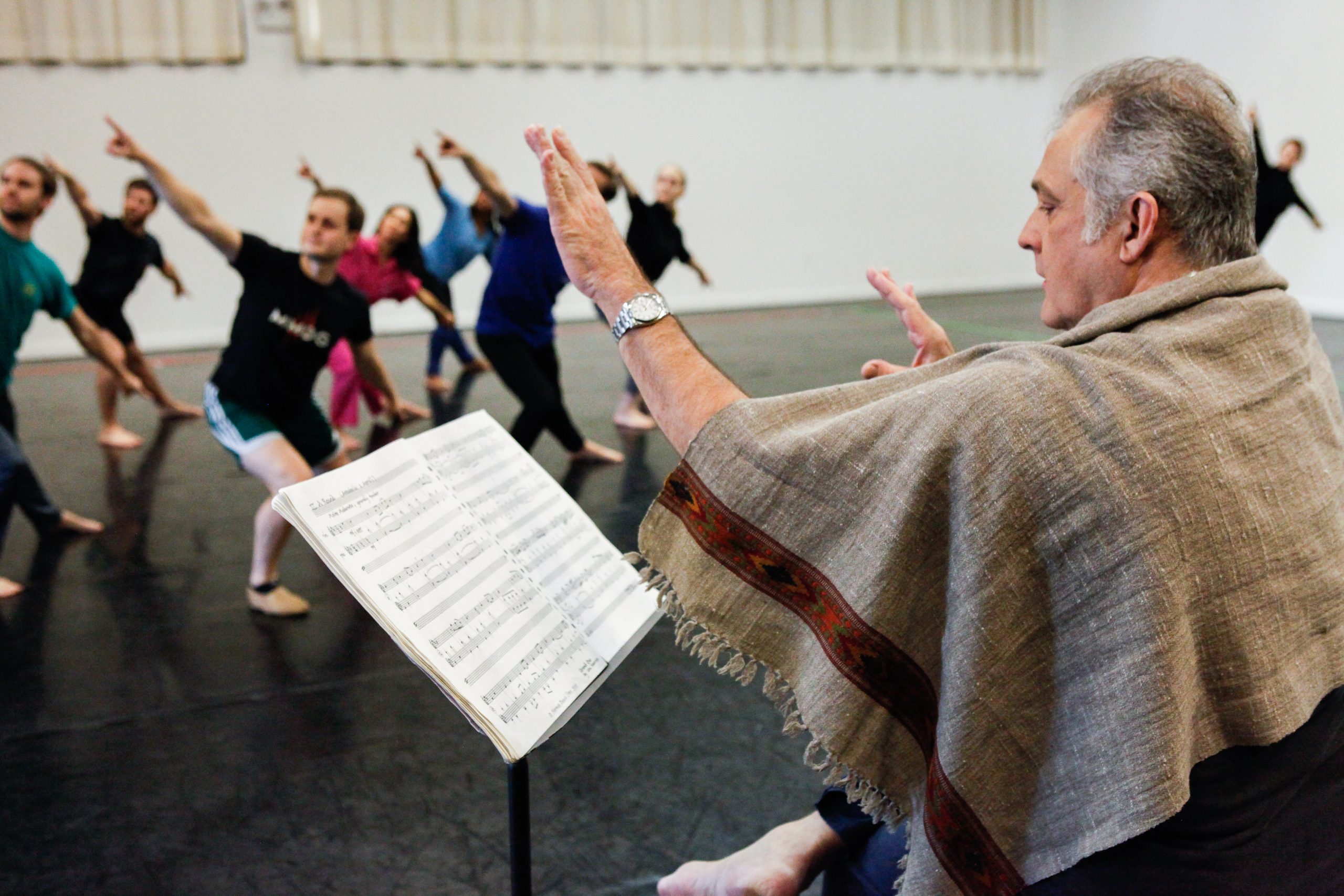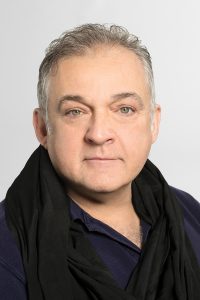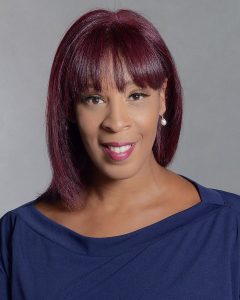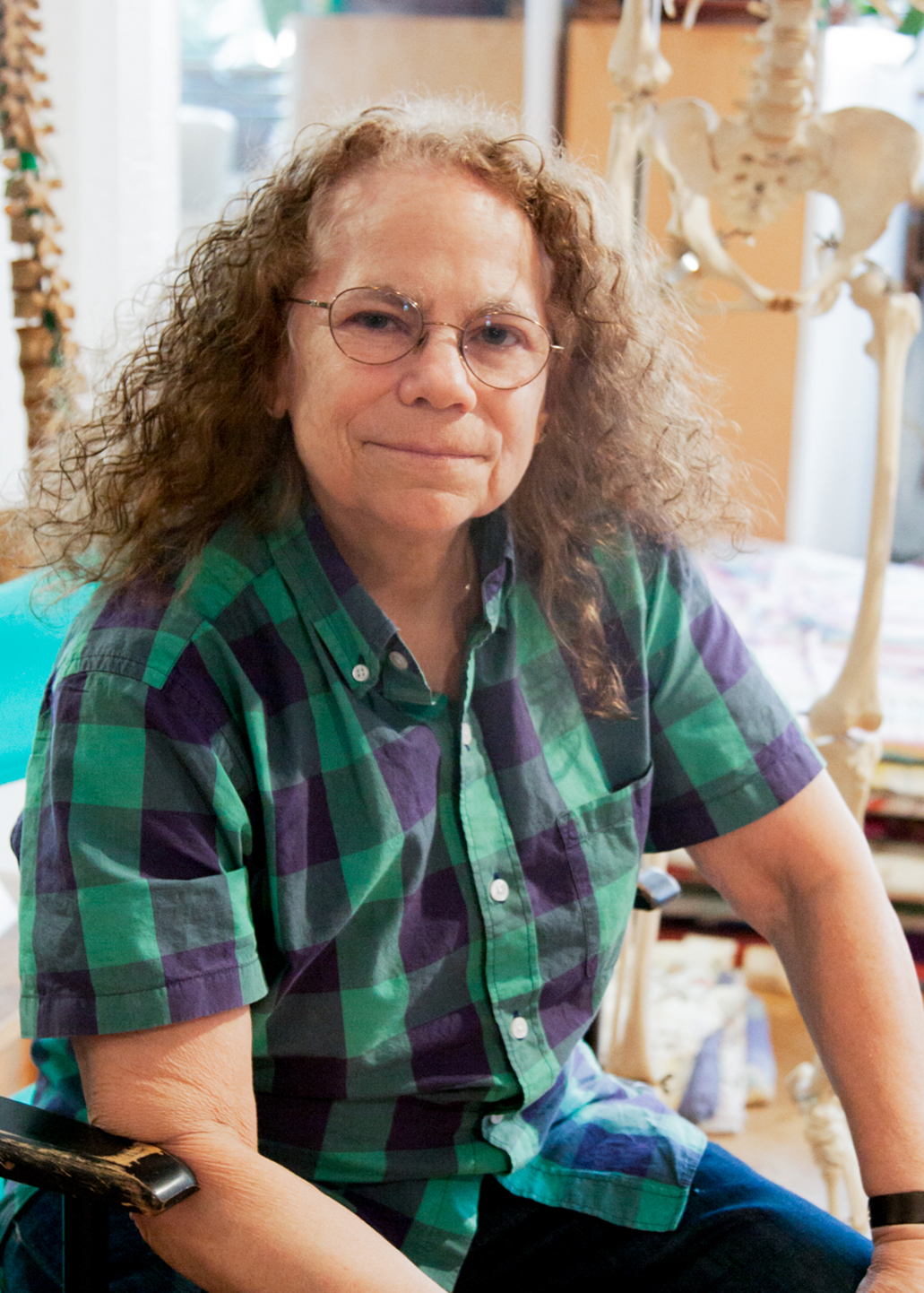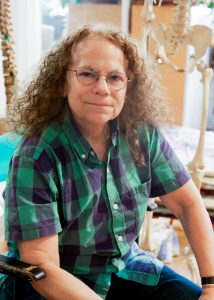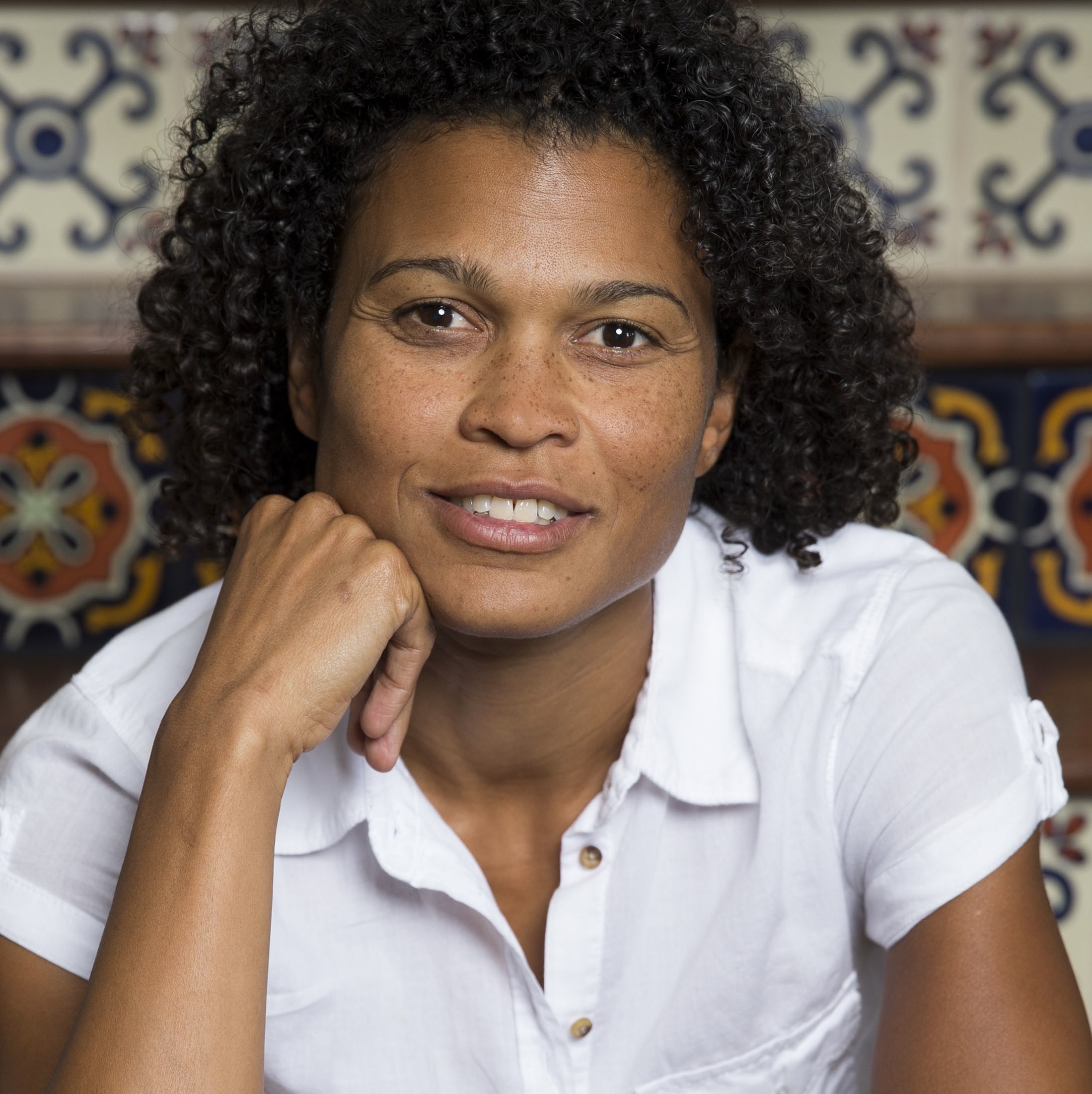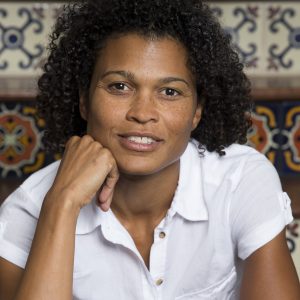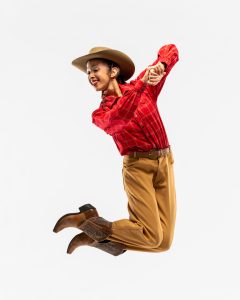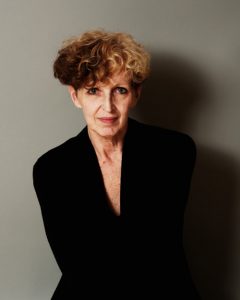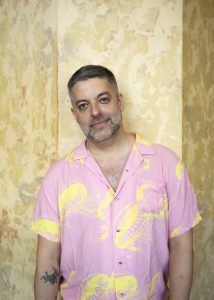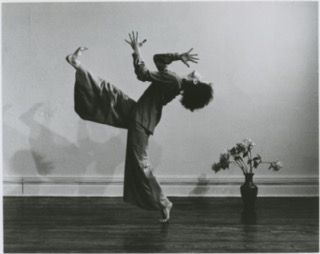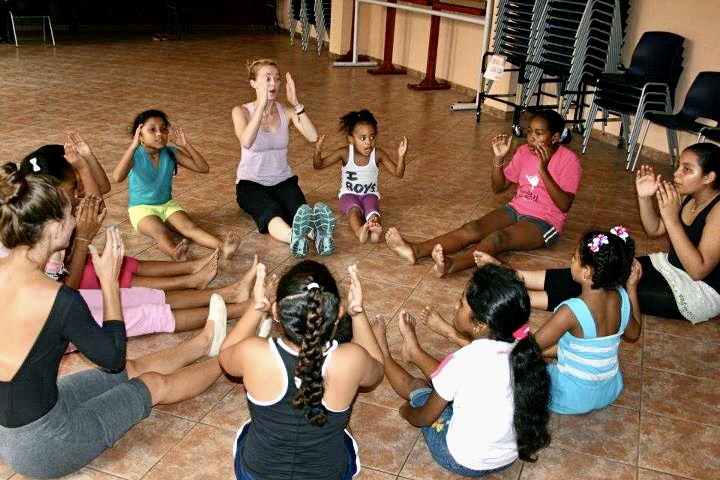
PODCAST 162: Anna Pasternak and Blair Brown with Movement Exchange
Release Date: 8.4.23
TO DOWNLOAD PODCAST OR LISTEN:
Anna Pasternak and Blair Brown with Movement Exchange
Building Community through Arts Education
Episode 162: Show Notes
Our guests today are passionate about dance, dance education, and serving communities. Join us today as we share a podcast with you featuring an interview with Anna Pasternak, the Founder of Movement Exchange, and Blair Brown, the organization’s current Executive Director. During our conversation, we hear about their journeys with dance, what captivates them about the arts, and how their life paths led them to Movement Exchange. Movement Exchange is an international non-profit organization that provides accessible and sustainable dance education to youth of all ages. They share all about how it started, how it evolved, and their plans for expansion. We hear more about their university chapters and international volunteer dance exchanges and how they build leadership development, cultural awareness, and a passion for community building through arts education. To hear more about their year-round sustainable programs in underresourced communities, be sure not to miss out on today’s episode with Anna and Blair from Movement Exchange!
Key Points From This Episode:
- Anna shares her personal history and transformative journey with dance.
- What it was about dance that drew her in and sparked her love for dance.
- She elaborates on her aspirations after high school and how getting into Harvard impacted her dance journey.
- A gift from Harvard: how anthropology influenced and broadened her knowledge of culture and dance.
- Fly and be free; the pull to see and experience everything the world had to offer.
- Anna talks about the exciting journey of founding the Movement Exchange.
- Her biggest worry stepping down as Executive Director at Movement Exchange.
- What it meant to Anna working at and being part of Movement Exchange.
- We hear from Blair about who she is, where she’s from, and what brought her to dance!
- Blair expresses what it is about the arts that captivate her.
- Her plans for after high school: ditching the pointe shoes for modern dance.
- She elaborates on the biggest shift that altered her life as an artist: dance education.
- Meeting Anna and Movement Exchange; the second jump in her career.
- She elaborates on her thesis topic and completing her MFA.
- We discuss the realization of the barrier to dance, even in the USA.
- Blair expresses her favorite aspects of the role she holds at Movement Exchange.
- They talk about any pushback experienced with Movement Exchange (and how they counter it).
- How you can get involved in the Movement Exchange programs.
“There will be nothing in my life that will be as important or have made me as happy as running Movement Exchange.” — Anna Pasternak
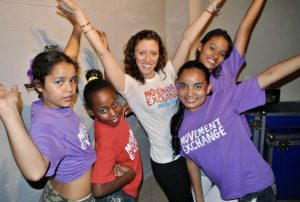
Anna Pasternak with Movement Exchange
Anna Pasternak, founder of Movement Exchange, was 25-years-old and working in international development when she dreamed of a way for dancers to make a difference in the world. She asked, “How can dance education reach underserved populations, and how can trained dancers use their skills to give back to the world?” It was her work with Global Brigades in the rural and indigenous regions of Panama that connected Anna to the dance community of Panama, and subsequently inspired her vision for Movement Exchange. Like many young dancers, Anna spent endless hours in a dance studio and thought she was on the path to becoming a professional dancer. However, her interdisciplinary studies at Harvard and years living abroad allowed Anna to look at dance from a different perspective. Intent on the idea of creating a global community of like-minded dancers passionate about service and social justice, Anna founded Movement Exchange in 2010. Anna’s work has been featured in the Harvard Magazine, as a young artist on National Public Television, among other international publications. Anna received her BA from Harvard University and her MS, Nurse Practitioner from UCSF. She previously studied dance at the San Francisco High School of the Arts, the National Arts School of Cuba, and received her early training with Shely Pack-Manning. In 2011, she was a Fulbright Scholar in Mexico City. She is now a proud member of the board of directors for Movement Exchange and continues to guide the organization.
“Dance is social. It’s all about community and how do we connect with that and make our communities stronger.” — Blair Brown
-

Blair Brown with Movement Exchange
Blair Brown (MFA, BA) received her BA in Dance from Loyola Marymount University and her MFA in Dance from University of California, Irvine. Since 2012 she has been involved with the non-profit organization Movement Exchange taking part in and leading international exchanges focused on building community through dance. For 10 years she was teaching dance in public schools, community centers, artist residency programs and more in California and New York before taking the position of Executive Director for Movement Exchange. Her career has been led by the passion to create more accessible opportunities for all students to have exposure to arts education. In New York City she created a comprehensive yoga, dance and health program at Storefront Academy Harlem and then spent five years as the dance specialist at Bronx Charter School for the Arts where she created a sequential curriculum for the dance program, oversaw implementation of new arts integration curriculum, and choreographed five productions per year. She has been a big proponent of dance and media technology having created four dance films that have won awards both domestically and internationally. She also used her background in film and media to integrate technology into the dance classroom. Her research has centered around the effects of service learning on developing artists and how experiential learning involving service and cultural exchange can have a lasting impact on one’s artistry and career. She has presented at NDEO conferences and continues to be an active member of the dance education community.
Links Mentioned in Today’s Episode:
San Francisco High School of the Arts
‘The Theatre of the Oppressed’
Guna People (Atlas of Humanity)
Podcast produced by: The Moving Architects
Interviewer: Erin Carlisle Norton

